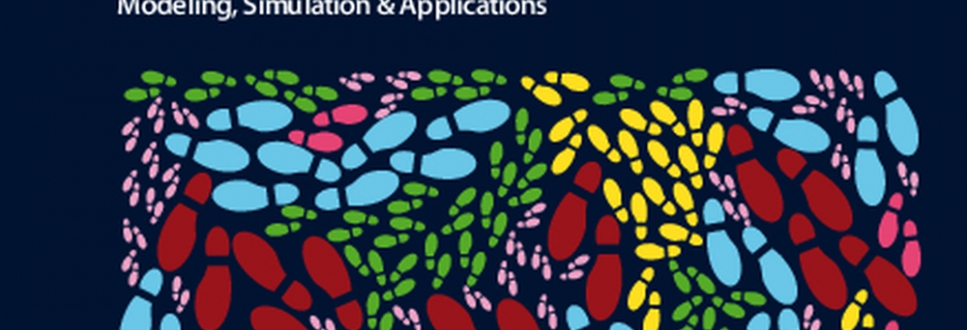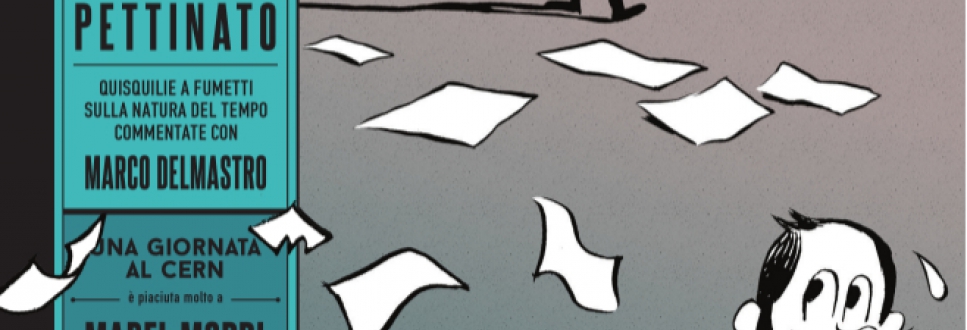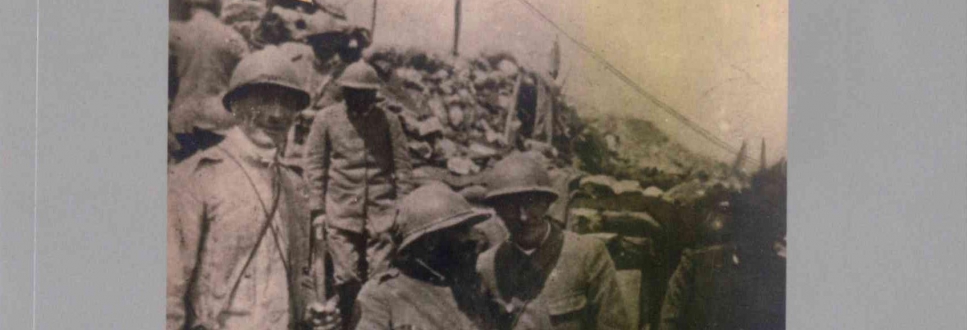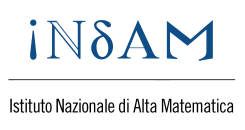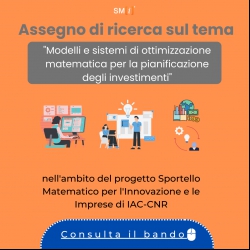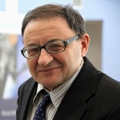
Chemical Calculus. Martedi’ 5 luglio h. 10:30, IAC aula riunioni del primo piano (via dei Taurini,19)
2016-07-05
Speaker: Prof. Gregory S. Yablonsky Parks College of Engineering, Aviation and Technology, Parks College, Saint Louis University, St. Louis, MO http://parks.slu.edu/faculty-staff/parks-faculty/grigoriy-yablonsky/
A new paradigm for understanding the complexity of chemical reactions materials and a new approach to creating and understanding the complex solid active materials, in particular catalysts are proposed. It challenges the traditional methods that are focused on either design/studies of model systems or high-throughput screening of composition libraries under steady-state conditions.
The approach is a further development of Temporal Analysis of Products (TAP) – method which experimental technique and methodology, and theory and different applications as well have been proposed by Gleaves (1988) and Gleaves and Yablonsky (1997). In the TAP-approach, systematic small stepwise changes in catalyst surface composition are combined with precise kinetic characterization after each change to elucidate the evolution of catalyst properties and provide information on the relationship between surface composition and kinetic properties.
Three principles of the TAP-experiment are the following ones:(1) Insignificant change of catalyst composition during the single pulse; (2) Controlled change of catalyst composition during the series of pulses; (3) Uniformity of the active zone regarding the composition
Chemical Calculus became a new approach to the precise catalyst characterization, and then to the development of active materials. In this approach, some components of such materials, e.g. metals, are added incrementally and at every change in composition we map the evolution of the kinetic properties. For gas-solid heterogeneous catalysis, the idea is to take real materials, complex oxide particles or industrial catalysts from working reactors, characterize the kinetic properties using our original TAP - technique and then slightly change the surface composition using ultrasparse atomic beam deposition or nanoparticle deposition. Then, the TAP-apparatus will be used again to understand how the change in composition creates a change in kinetic properties. The same procedure will be repeated with a number of cycles, changing the metal loading and observing the change in kinetic properties up the optimal characteristics.
Ideas of Chemical Calculus which theory and methodology recently were described in detail can be expanded into many different areas and systems, e.g. for liquid processes, for design of sensors, semiconductors and drugs etc.



